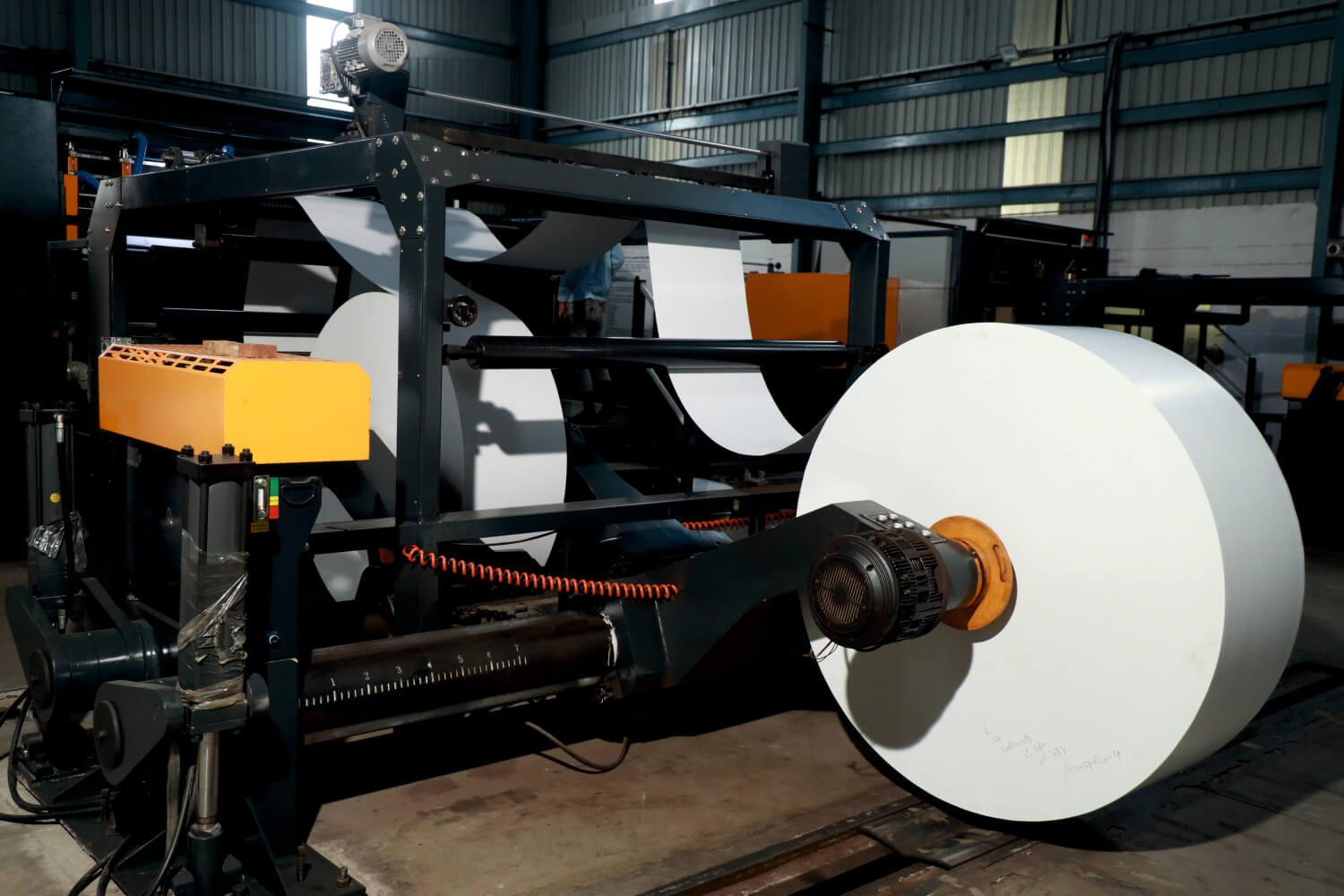What is GSM in paper and why it is important?

GSM stands for Grams per Square Meter. It is a measurement used to quantify the weight or density of paper or other materials...
1. Paper Thickness: GSM is directly related to the thickness of the paper...
2. Paper Strength and Durability: Higher GSM papers are typically stronger...
3. Print Quality: GSM can affect the print quality of paper...
4. Application Suitability: Knowing the GSM helps determine...
5. Cost Considerations: GSM can also influence the cost of paper...



